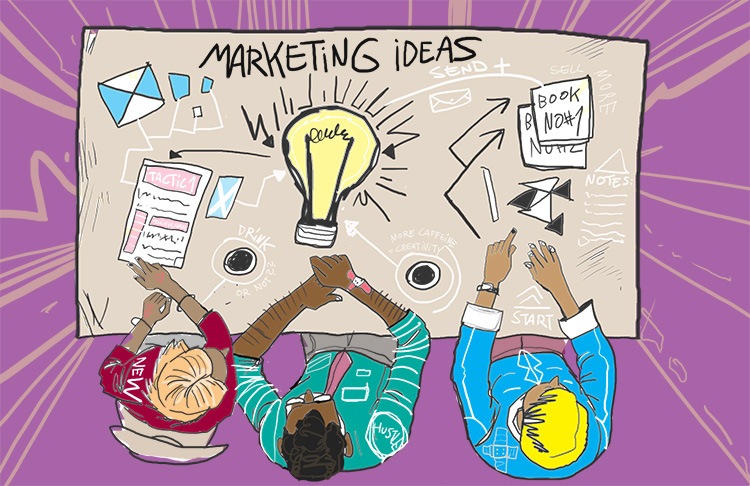
By Mars Dorian, {grow} Contributing Columnist
Trying to scratch out a living from content monetization might seem depressing and out-of-reach. But it’s happening.
Creative rebels are trying out many new methods, avoiding the gatekeeper and selling directly to their audience. I want to introduce three independent and inspiring content creators who are not funded by major corporations. They use their own passion + creativity to for content monetization that led to financial benefits.
1) Funding your own online show
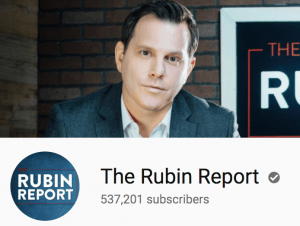 Dave Rubin worked for the Young Turks and infamous CNN interviewer Larry King’s Ora TV before shooting for a solo shot. He admitted being tired of playing by other people’s rules and wanted to try his own show—without asking for permission.
Dave Rubin worked for the Young Turks and infamous CNN interviewer Larry King’s Ora TV before shooting for a solo shot. He admitted being tired of playing by other people’s rules and wanted to try his own show—without asking for permission.
He leveraged his engaging Twitter presence and proposed a new show format called the Rubin Report. To make the online show a reality, he used the subscription content service Patreon and placed a monthly Paypal donate button on his website.
He collected enough money (around $40,000 per month) to build a tiny studio in LA, allowing him to invite any speaker on his terms. Dave frequently runs fan shows, where he invites loyal followers and creates hour-long Q&A, deepening the connection with his fanbase.
Dave says he still receives many offers from traditional networks but prefers to broadcast independently.
Lesson: Even with YouTube’s harsh de-monetization spree going on, indie video content creators can fully fund professional-looking shows by using Paypal, Patreon or similar platforms that allow for monthly donations. Dave used his favorite social media platform Twitter and YouTube call-to-actions for successful content monetization.
2) Finding success in a ‘hopeless’ markets
What if you wanted to make a living full-time working as a poet?
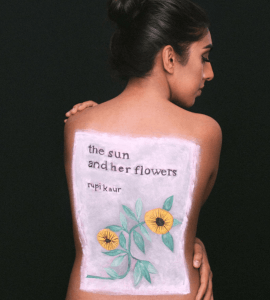 Sounds as likely as riding the rainbow and finding a pot of gold at the end, but poet Rupi Kaur refused to accept the bleak prospect.
Sounds as likely as riding the rainbow and finding a pot of gold at the end, but poet Rupi Kaur refused to accept the bleak prospect.
She posted her poems on Instagram on a consistent basis and attracted over 1.6 million followers, becoming known as the Instagram Poet. She added stylish drawings and professional photographs of herself and thus presented the text-based poems in a visually attractive style.
When she wanted to go from digital to print, she released her Milk and Honey as a self-published print-on-demand paperback on Amazon. A traditional publishing house soon picked her up and sold nearly 700,000 copies. A huge accomplishment for a first-time author.
Lesson: Even a so-called ‘unprofitable’ market such as poetry can be turned into a successful content monetization business. Rupi Kaur chose Instagram, understood the platform’s modus operandi (short phrases presented in a visually pleasing matter) and consistently published high-quality work for free until she attracted enough fans to turn her first product launch into a success.
3) Content monetization through generosity
If you’re an indie self-publisher, common advice is to focus on selling e-books on Amazon.
Most pro-indie authors friends tell me they make about 90% of their revenue from selling e-books on the biggest online marketplace known to Earthlings.
Sounds like the only way to go, right?
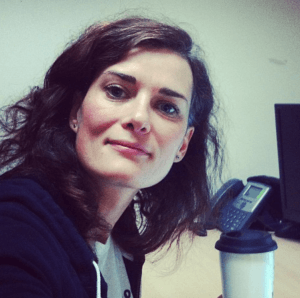 Enter Ksenia Anske, a self-publishing author, who makes her money through selling signed physical books through her website and shipping them herself. She recently consulted experts to create a system that helps her manage the exploding demand of people wanting her signed copies.
Enter Ksenia Anske, a self-publishing author, who makes her money through selling signed physical books through her website and shipping them herself. She recently consulted experts to create a system that helps her manage the exploding demand of people wanting her signed copies.
How did an indie author build that high demand?
In short, by being extremely generous.
During the past years, she gave away the digital drafts of her books for free. Ksenia shares every piece of publishing advice she has learned. She offers downloads of her writing templates, character sheets, and even software plotting devices. She also uses Twitter for short and inspiring writing statements as well as her blog and Youtube to share even the dark stories of her life.
In fact, when I watch Ksenia opening up about personal issues, I cringe inside. Why? Because I realize I would never be that open. But Ksenia doesn’t care, or perhaps, she cares too much about her fans to hold back.
Through her ‘Give All’ mentality, Ksenia has been invited to book signings at local events and bookshops.
She’s now scaling her print book shipping business and offers book marketing advice due to the high demand.
Lesson: Ksenia focused on over-the-top fan engagement and selling beautifully signed paper books, helping her become independent of Amazon (while still selling on the platform). She’s the perfect example of Seth Godin’s generous artist theory, where a creative content creator builds a career by giving first.
Conclusion
The following examples have several characteristics in common:
- They first give, give, give and then either soft and hard launch their product(s)
- They bootstrap their creative ventures with little or no money
- They develop deeeep fan engagement via their one (social) media platform of choice.
I hope these examples inspire you to believe that content monetization is possible! What are your thoughts?
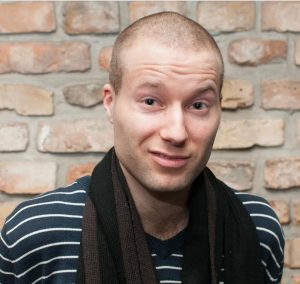 Mars Dorian is an illustrating designer and storyteller. He crafts words and pictures that help clients stand out online and reach their customers. You can find his homebase at marsdorian.com and connect with him on Twitter @marsdorian
Mars Dorian is an illustrating designer and storyteller. He crafts words and pictures that help clients stand out online and reach their customers. You can find his homebase at marsdorian.com and connect with him on Twitter @marsdorian

